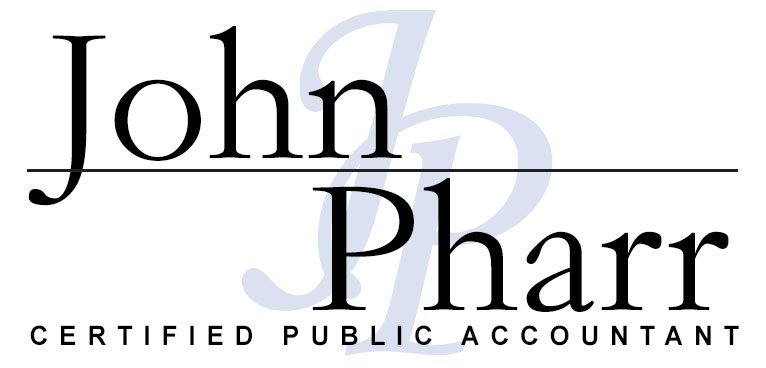Small Business Retirement Plans
If you’re like many small business owners in the United States, you may be considering the various retirement plan options available for your company. Employer-sponsored retirement plans have become a key component for retirement savings. They are also an increasingly important tool for attracting and retaining the high-quality employees you need to compete in today’s competitive environment.
Besides helping employees save for the future, however, instituting a retirement plan can provide you, as the employer, with benefits that enable you to make the most of your business’s assets. Such benefits include:
- Tax-deferred growth on earnings within the plan
- Current tax savings on individual contributions to the plan
- Immediate tax deductions for employer contributions
- Easy to establish and maintain
- Low-cost benefit with a highly-perceived value by your employees
Types of Plans
Most private sector retirement plans are either defined benefit plans or defined contribution plans. Defined benefit plans are designed to provide a desired retirement benefit for each participant. This type of plan can allow for a rapid accumulation of assets over a short period of time. The required contribution is actuarially determined each year, based on factors such as age, years of employment, the desired retirement benefit, and the value of plan assets. Contributions are generally required each year and can vary widely.
A defined contribution plan, on the other hand, does not promise a specific amount of benefit at retirement. In these plans, employees or their employer (or both) contribute to employees’ individual accounts under the plan, sometimes at a set rate (such as 5 percent of salary annually). A 401(k) plan is one type of defined contribution plan. Other types of defined contribution plans include profit-sharing plans, money purchase plans, and employee stock ownership plans.
Small businesses may choose to offer a defined benefit plan or any of these defined contribution plans. Many financial institutions and pension practitioners make available both defined benefit and defined contribution “prototype” plans that have been pre-approved by the IRS. When such a plan meets the requirements of the tax code it is said to be qualified and will receive four significant tax benefits.
- The income generated by the plan assets is not subject to income tax because the income is earned and managed within the framework of a tax-exempt trust.
- An employer is entitled to a current tax deduction for contributions to the plan.
- The plan participants (the employees or their beneficiaries) do not have to pay income tax on the amounts contributed on their behalf until the year the funds are distributed to them by the employer.
- Under the right circumstances, beneficiaries of qualified plan distributors are afforded special tax treatment.
Please note that all retirement plans have important tax, business and other implications for employers and employees. Therefore, you should discuss any retirement savings plan that you consider implementing with your accountant or financial advisor.
Examples of plans that can help you and your employees save.
SIMPLE: Savings Incentive Match Plan
A SIMPLE IRA plan allows employees to contribute a percentage of their salary each paycheck and to have their employer match their contribution. Under SIMPLE IRA plans, employees can set aside up to $13,000 in 2019 (same as 2018) by payroll deduction. If the employee is 50 or older then they may contribute an additional $3,000 (same as 2018). Employers can either match employee contributions dollar for dollar – up to 3 percent of an employee’s wage – or make a fixed contribution of two percent of pay for all eligible employees instead of a matching contribution.
SIMPLE IRA plans are easy to set up by filling out a short form. Administrative costs are low and much of the paperwork is done by the financial institution that handles the SIMPLE IRA plan accounts. Employers may choose either to permit employees to select the IRA to which their contributions will be sent or to send contributions for all employees to one financial institution. Employees are 100 percent vested in contributions, get to decide how and where the money will be invested, and keep their IRA accounts even when they change jobs.
SEP: Simplified Employee Pension Plan
A SEP plan allows employers to set up a type of individual retirement account – known as a SEP IRA – for themselves and their employees. Employers must contribute a uniform percentage of pay for each employee. Employer contributions are limited to whichever is less: 25 percent of an employee’s annual salary or $56,000 in 2019 (up from $55,000 in 2018). SEP plans can be started by most employers, including those that are self-employed.
SEP plans have low start-up and operating costs and can be established using a single quarter-page form. Businesses are not locked into making contributions every year. You can decide how much to put into a SEP IRA each year – offering you some flexibility when business conditions vary.
401(k) Plans
401(k) plans have become a widely accepted savings vehicle for small businesses and allow employees to contribute a portion of their own incomes toward their retirement. The employee contributions, not to exceed $19,000 in 2019 (up from $18,500 in 2018), reduce a participant’s pay before income taxes, so that pre-tax dollars are invested. If the employee is 50 or older then they may contribute another $6,000 in 2019 (same as 2018). Employers may offer to match a certain percentage of the employee’s contribution, increasing participation in the plan.
While more complex, 401(k)plans offer higher contribution limits than SIMPLE IRA plans and IRAs, allowing employees to accumulate greater savings.
Profit-Sharing Plans
Employers also may make profit-sharing contributions to plans that are unrelated to any amounts an employee chooses to contribute. Profit-sharing Plans are well suited for businesses with uncertain or fluctuating profits. In addition to the flexibility in deciding the amounts of the contributions, a Profit-Sharing Plan can include options such as service requirements, vesting schedules and plan loans that are not available under SEP plans.
Contributions may range from 0 to 25 percent of eligible employees’ compensation, to a maximum of $56,000 in 2019 (up from $55,000 in 2018) per employee. The contribution in any one year cannot exceed 25 percent of the total compensation of the employees participating in the plan. Contributions need not be the same percentage for all employees. Key employees may actually get as much as 25 percent while others may get as little as three percent. A plan may combine these profit-sharing contributions with 401(k) contributions (and matching contributions).




